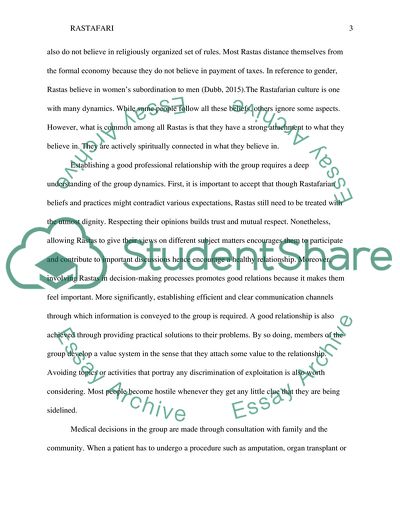Cite this document
(Phenomenon of Rastafarian Culture Research Paper, n.d.)
Phenomenon of Rastafarian Culture Research Paper. Retrieved from https://studentshare.org/culture/1864759-jamaica
Phenomenon of Rastafarian Culture Research Paper. Retrieved from https://studentshare.org/culture/1864759-jamaica
(Phenomenon of Rastafarian Culture Research Paper)
Phenomenon of Rastafarian Culture Research Paper. https://studentshare.org/culture/1864759-jamaica.
Phenomenon of Rastafarian Culture Research Paper. https://studentshare.org/culture/1864759-jamaica.
“Phenomenon of Rastafarian Culture Research Paper”, n.d. https://studentshare.org/culture/1864759-jamaica.


